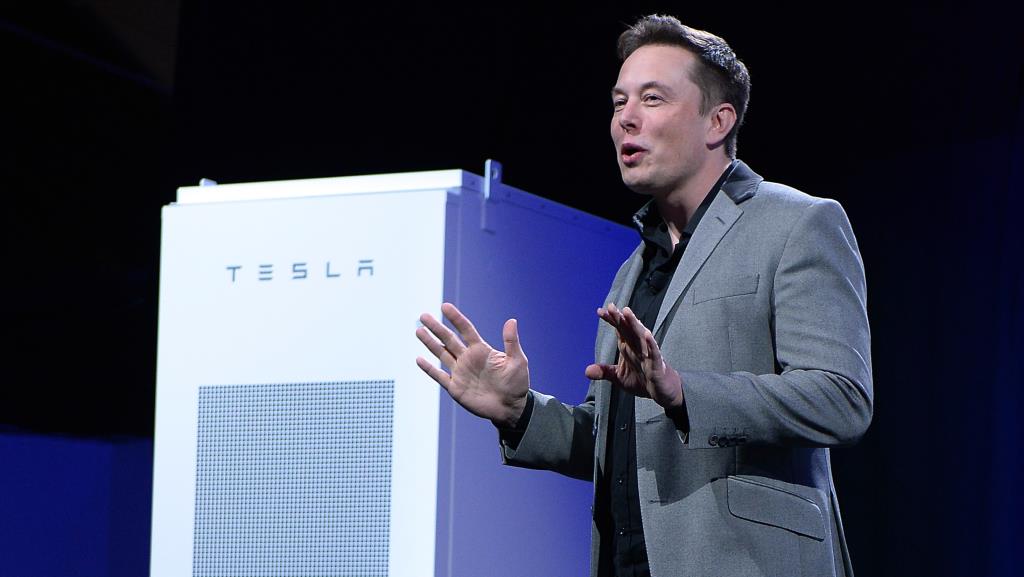By Erica Rascón on February 22, 2017 in Technology
The announcement of Tesla’s solar products caught the media off guard, instantly capturing our attention with t heir draw-dropping beauty and simplicity. We held a collective breath—how much are these going to cost, exactly? Are they scalable?
heir draw-dropping beauty and simplicity. We held a collective breath—how much are these going to cost, exactly? Are they scalable?
Endless Energy
The sun is a free and relatively endless source of energy. The Tesla website reminds us that, “The sun provides more than enough energy in just one hour to supply our planet’s energy needs for an entire year.” Harnessing that power simply makes sense.
To help consumers utilize that power, Tesla finalized the acquisition of SolarCity for roughly $2.6 billion in November 2016. Together, the entities aim to “provide customers with full-stack solutions for owning their own energy production, storage and consumption.”
To date, that stack includes solar tiles, Powerwalls and Powerpacks.
Solar Tiles
Tesla solar tiles create stunning, energy efficient roofs that are also affordable.
Fortune estimates the solar cell costs to be $0.40 per watt, comparable to commodity solar panels. The difference comes in their efficiency: Tesla’s solar tiles are nearly 15 percent more efficient.
The solar roofs can also be less expensive. Tesla CEO Elon Musk states that he aimed for an installed cost that is less than the cost of a conventional roof and the electricity bill for a home.
Some of the cost savings come in the form of shipping. Tesla’s tiles are one-fifth the weight of similar products. That makes the lightweight and ultra durable material easier and less expensive to transport. They are also harder to break than asphalt shingles or terra cotta tiles, reducing the cost of wasted materials.
The durable tiles will not need to be replaced or repaired as often as conventional roofing or competitors’ solar panels. Where traditional roofing shattered under impact, the Tesla glass tiles remained intact.
Aesthetics are also a differentiator. Unlike solar panels, Tesla’s solar tiles mimic the appearance of traditional roofing materials. Consumers can choose between Tuscan glass, which looks like terra cotta; textured glass that resembles asphalt shingles; earth-toned slate; and a smooth monochromatic glass tile for modern designs.
 The combination of beauty, efficiency, and low costs was an important trifecta to achieve. Musk and his team wanted their solar tiles to be the obvious choice for future construction and renovations.
The combination of beauty, efficiency, and low costs was an important trifecta to achieve. Musk and his team wanted their solar tiles to be the obvious choice for future construction and renovations.
“It looks better, lasts longer, insulates better, and the cost of the installed roof is less than the cost of a conventional roof plus electricity. It needs to be beautiful, affordable, and seamlessly integrated,” says Musk. “If all of those things are true, why would you go in any other direction?”
These beautiful, efficient, and low-maintenance solar tiles may be an excellent option for residential homes and rentals. Small commercial properties may also benefit from utility cost savings and improved aesthetics.
Residences and small businesses will likely combine their tiles with Powerwall 2.
Powerwall
Powerwall 2 is a battery pack suited for single-family residences and small businesses. Options start at $5,500 for 14kWh storage/ 7kW output. That’s enough to power lights, sockets, and refrigerator of a four-bedroom house for a full day.
The dimensions for the Powerwall are 45.3 in x 29.7 in x 6.1 in– significantly smaller than a carry-on suitcase.
The base unit, plus installation, is estimated to cost about $6,000. For more detailed pricing and options, visit the Powerwall price estimator.
Powerpack
For large-scale commercial and utility, consumers can explore the Powerpack 2. Beginning at 210kWh storage/ 50kW output, the Powerpack 2 offers unlimited scalability with a modular layout. Built-in peak shaving, load shifting, and demand response features contribute to the efficiency of the microgrid system. Each battery system offers unlimited cycles for up to 10 years.
For detailed pricing and Powerpack options, visit the price estimator.


